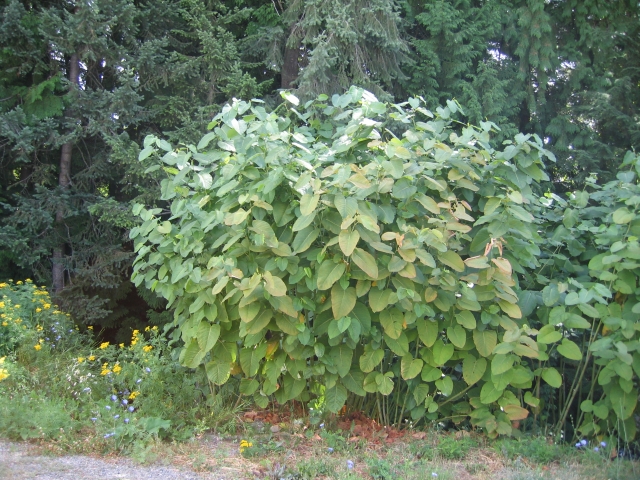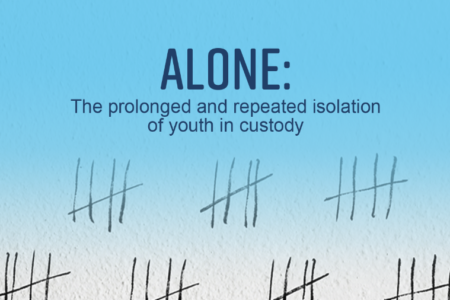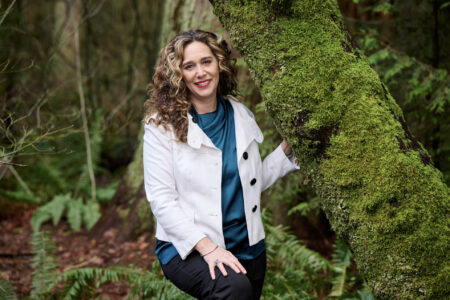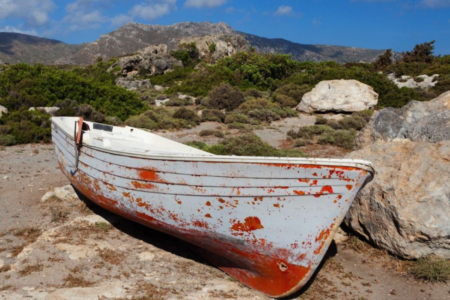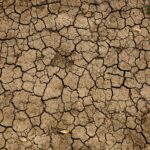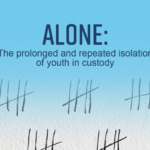Billions and Billions: The Economic Costs of Invasive Species
Rossland: an Invasive Weed Demonstration Site
As I walk up the lower portion of Centre Star Gulch Trail (or nearly any trail around Rossland), Hoary Alyssum and Common Tansy and Spotted Knapweed and Giant Burdock are busy crowding out the native plants beside the trail. If you have a furry pet, you may have noticed that the burdock burrs are now out and hitching rides by embedding themselves in any available fur — or maybe your socks.
In Black Bear, and down Trail Creek, and along the Railgrade, and in the 1800 block of Kootenay Avenue (to name just a few places), Himalayan Balsam — also known as Policeman’s Helmet — is burgeoning. It’s speading fast, and crowding out useful native plants like fireweed and thimbleberry. Common Mullein is another import from Europe that is growing vigorously along many of our paths.
Walking past the Public Works Yard in Rossland, I am dismayed by the continued presence of a large patch of Japanese Knotweed. This plant strikes terror into the hearts of homeowners and realtors who know its capacity for damaging foundations and roadways, taking over yards, and reducing property values dramatically. Several residents are struggling to limit infestations of it. Strangely enough, though much has been written about the horror of knotweed, many people in Rossland — including those at City Hall — are blasé about it, and have not taken the necessary measures to eliminate it. Contrast Rossland’s laissez-faire attitude to Japanese Knotweed with the Ministry of Transportation, which took decisive measure to destroy a patch found growing near the foundations of the Second Narrows Ironworkers’ Memorial Bridge in Vancouver. “The Ministry of Transportation takes knotweed extremely seriously,” said Jennifer Grenz, program manager for the Invasive Species Council of Metro Vancouver. “They are very aggressive in their treatments, because of the threats to infrastructure. We’ve had examples of plants we’re pretty sure have gone under four lanes of highway and have popped up on the other side.”
For more on knotweed, click here for an article from the June 2015 Macleans magazine, or look at this brief CBC article which includes scary pictures of knotweed growing though brickwork and pavement, and tells about a couple in Britain whose property lost £250,000 in value because of knotweed.
One of the problems of knotweed is that many people have read something to the effect that it can be spread only by cuttings and fragments of roots. Unfortunately, what we have seems to be a hybrid, and its seeds are definitely viable — that explains how rapidly it is spreading into many areas where no cuttings have been dumped.
I urge everyone to be on the lookout for Japanses Knotweed especially, and take steps to destroy it. Some people who are normally opposed to any use of herbicides now think that, weighing the long-term risks of a speading knotweed infestation against the risks of using toxic herbicides to kill it off and prevent its spread, it is worth using the toxins to kill the knotweed.
The other invasives mentioned above are all worthy of being uprooted and sent to the dump sealed in bags and marked “noxious weeds”. At the very least, if you have these invasive weeds growing on city property adjacent to your own, do everything possible to keep them from going to seed.
One caution: if you are pulling out Spotted Knapweed, wear gloves — or be prepared to have your hands feel arthritic for some time afterwards. It has a pretty flower, but it’s nasty stuff.
More Invasive Species, More Economic Harm
The estimated cost of invasive species to Canada is between $16.6 billion to $34.5billion per year. Invasive species can lower property values, reduce tourism revenue, decrease food yields, and even increase health care costs. The Central Kootenay Invasive Species Society (CKISS) understands that an ounce of prevention is worth a pound of cure.
For the past 10 years CKISS, formerly the Central Kootenay Invasive Plant Committee (CKIPC), has worked with communities throughout the region to minimize impacts caused by invasive species. The organization officially changed its name this summer from CKIPC to CKISS.
“ We wanted a name that accurately described the full scope of the work that is done within our society. We are one of the first invasive species societies to have a full zebra and quagga mussel monitoring program and have recently launched an American Bullfrog Surveillance program with our partners,” says Jennifer Vogel, ExecutiveDirector. “The time and money spent now on prevention is far less than it would cost BC’s economy and taxpayers if Zebra & Qugga Mussels enter our aquatic ecosystems.”
Many harmful invaders have arrived and are entrenched. But we can become more aware, and work to control their spread and limit the harm they can do.


